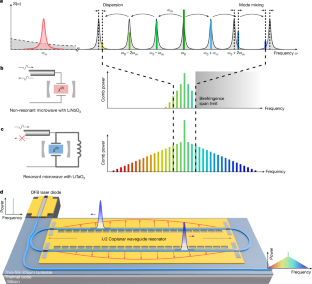2025-01-25 マックス・プランク研究所
<関連情報>
- https://www.mpg.de/24073565/sodium-sulfur-batteries-service-life
- https://onlinelibrary.wiley.com/doi/10.1002/smll.202407300
ナノ閉じ込め空間における効率的な硫黄酸化還元反応のための持続可能な硫黄-炭素ハイブリッド Sustainable Sulfur-Carbon Hybrids for Efficient Sulfur Redox Conversions in Nanoconfined Spaces
Evgeny Senokos, Heather Au, Enis Oğuzhan Eren, Tim Horner, Zihan Song, Nadezda V. Tarakina, Elif Begüm Yılmaz, Alexandros Vasileiadis, Hannes Zschiesche, Markus Antonietti, Paolo Giusto
Small Published: 13 October 2024
DOI:https://doi.org/10.1002/smll.202407300

Abstract
Nanoconfinement is a promising strategy in chemistry enabling increased reaction rates, enhanced selectivity, and stabilized reactive species. Sulfur’s abundance and highly reversible two-electron transfer mechanism have fueled research on sulfur-based electrochemical energy storage. However, the formation of soluble polysulfides, poor reaction kinetics, and low sulfur utilization are current bottlenecks for broader practical application. Herein, a novel strategy is proposed to confine sulfur species in a nanostructured hybrid sulfur-carbon material. A microporous sulfur-rich carbon is produced from sustainable natural precursors via inverse vulcanization and condensation. The material exhibits a unique structure with sulfur anchored to the conductive carbon matrix and physically confined in ultra-micropores. The structure promotes Na+ ion transport through micropores and electron transport through the carbon matrix, while effectively immobilizing sulfur species in the nanoconfined environment, fostering a quasi-solid-state redox reaction with sodium. This translates to ≈99% utilization of the 2e− reduction of sulfur and the highest reported capacity for a room temperature Na−S electrochemical system, with high rate capability, coulombic efficiency, and long-term stability. This study offers an innovative approach toward understanding the key physicochemical properties of sulfurcarbon nanohybrid materials, enabling the development of high-performance cathode materials for room-temperature Na-S batteries with efficient sulfur utilization.



